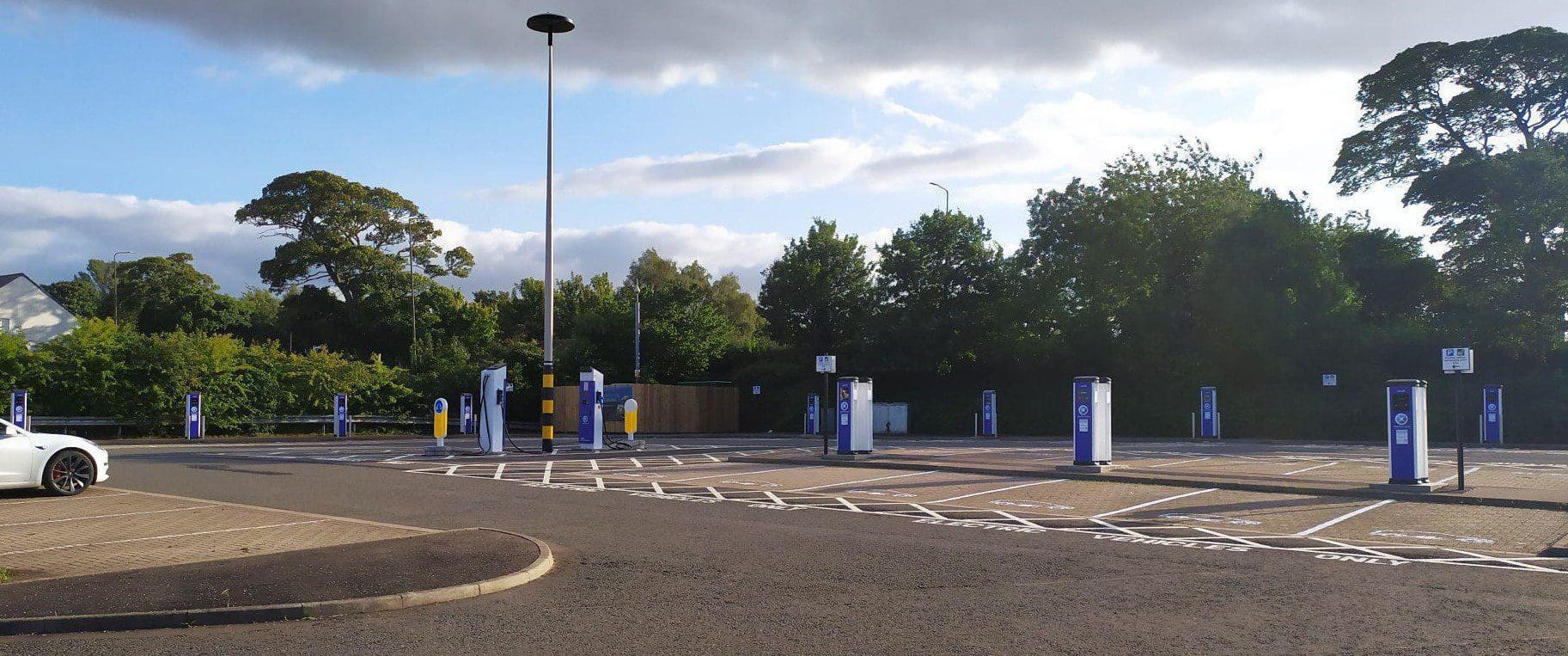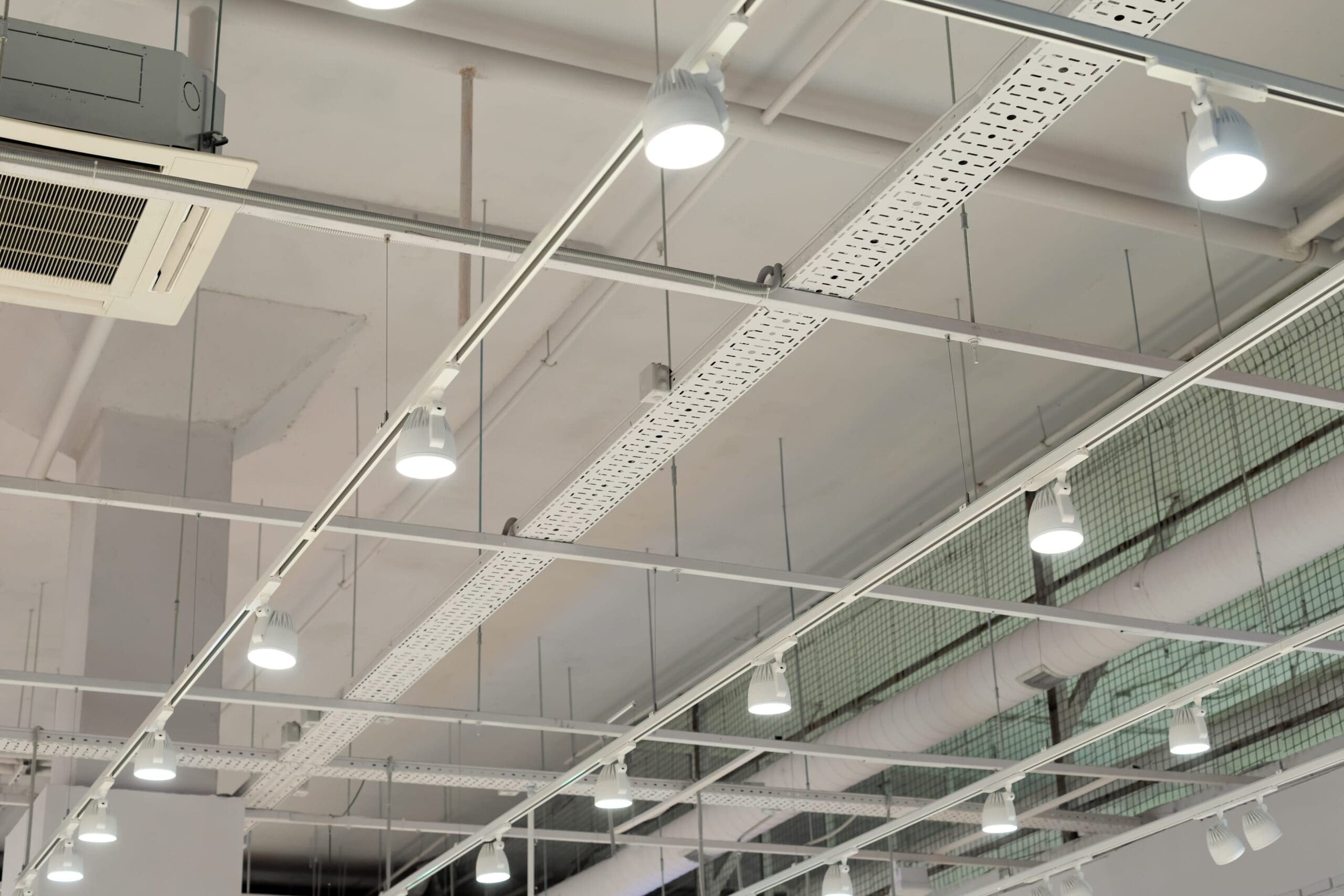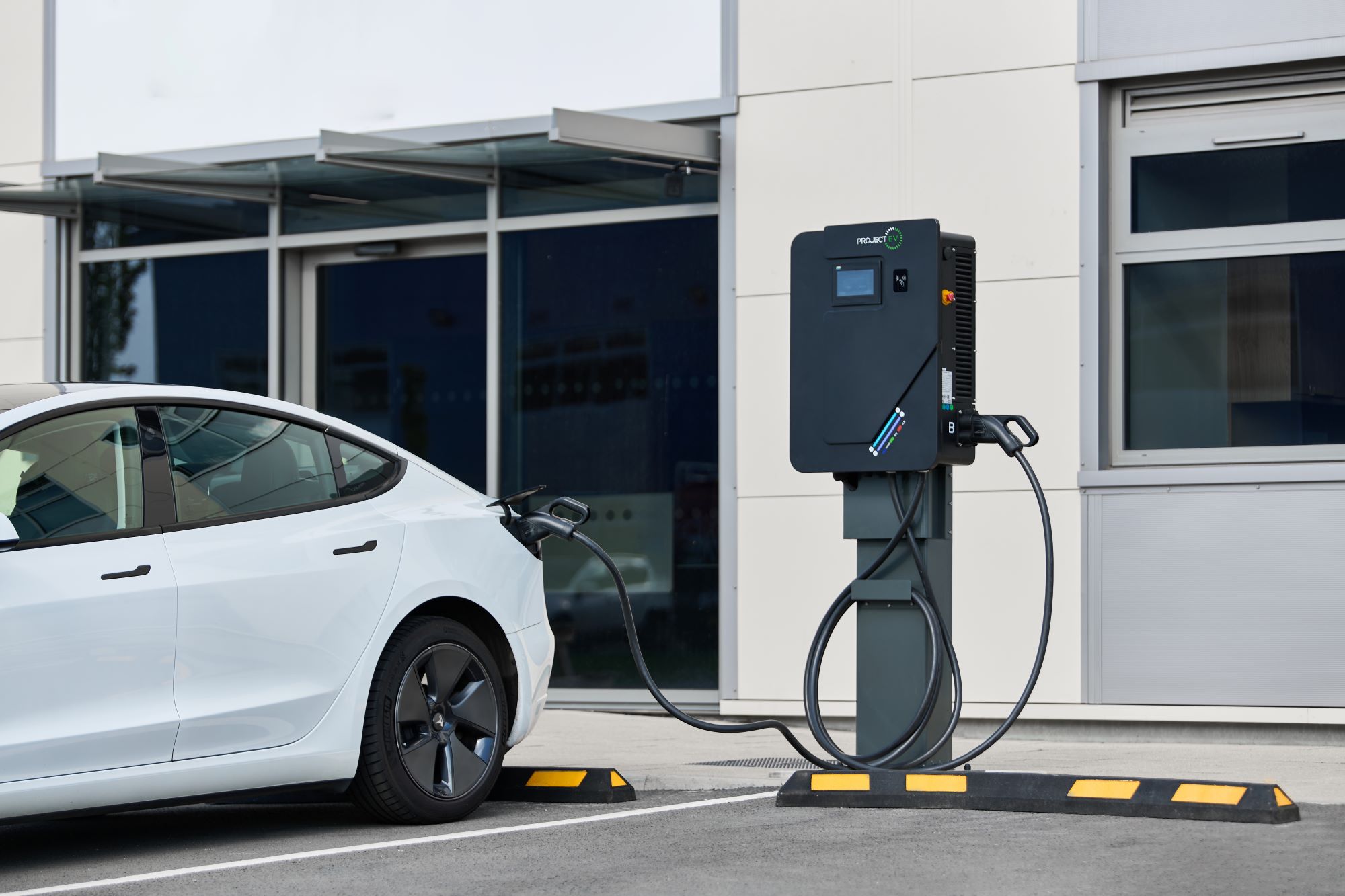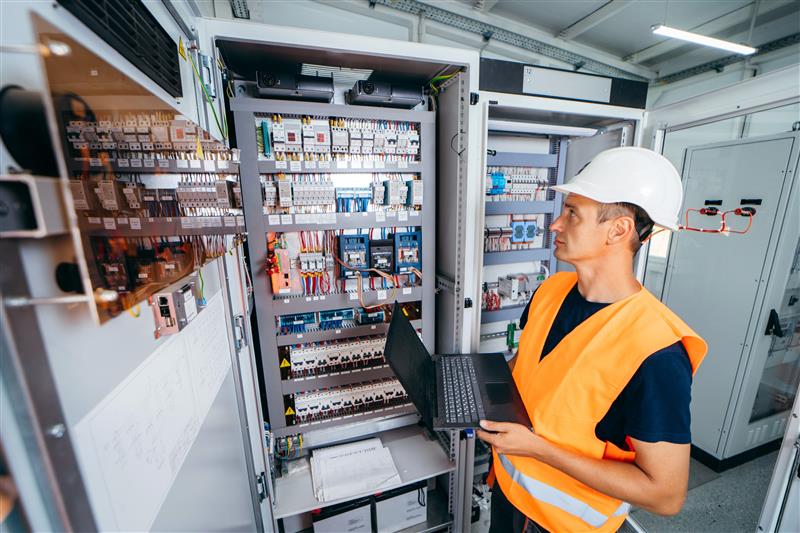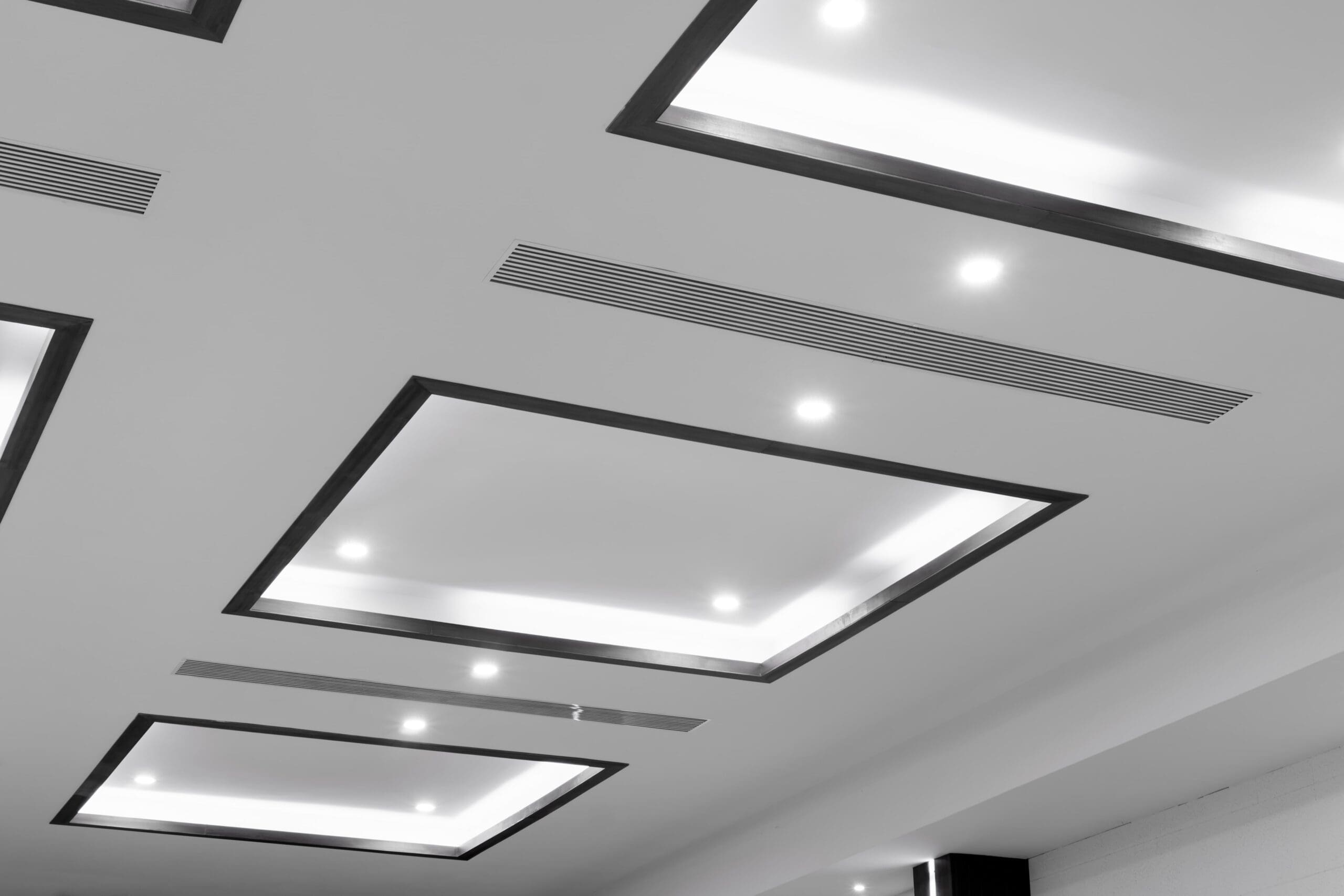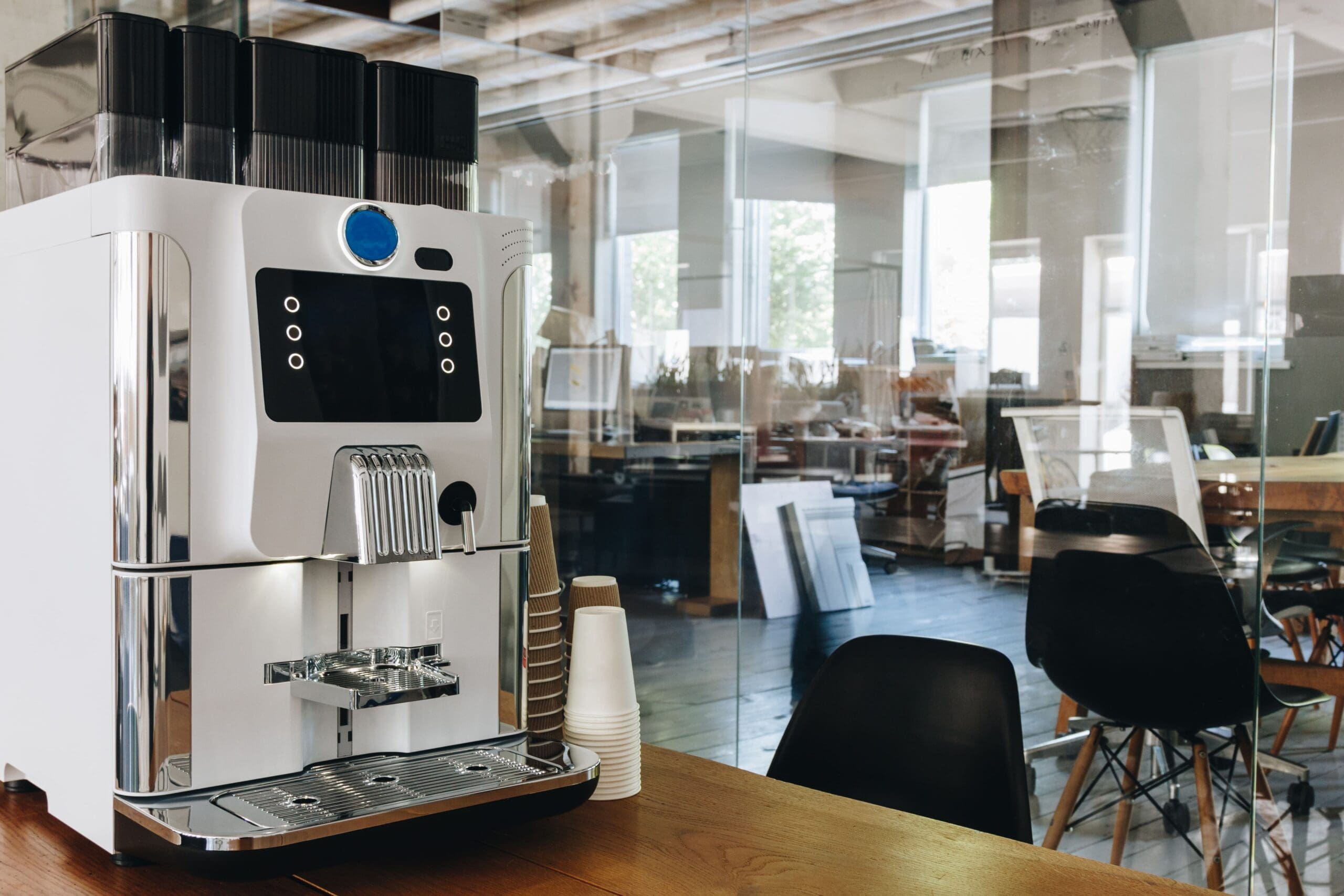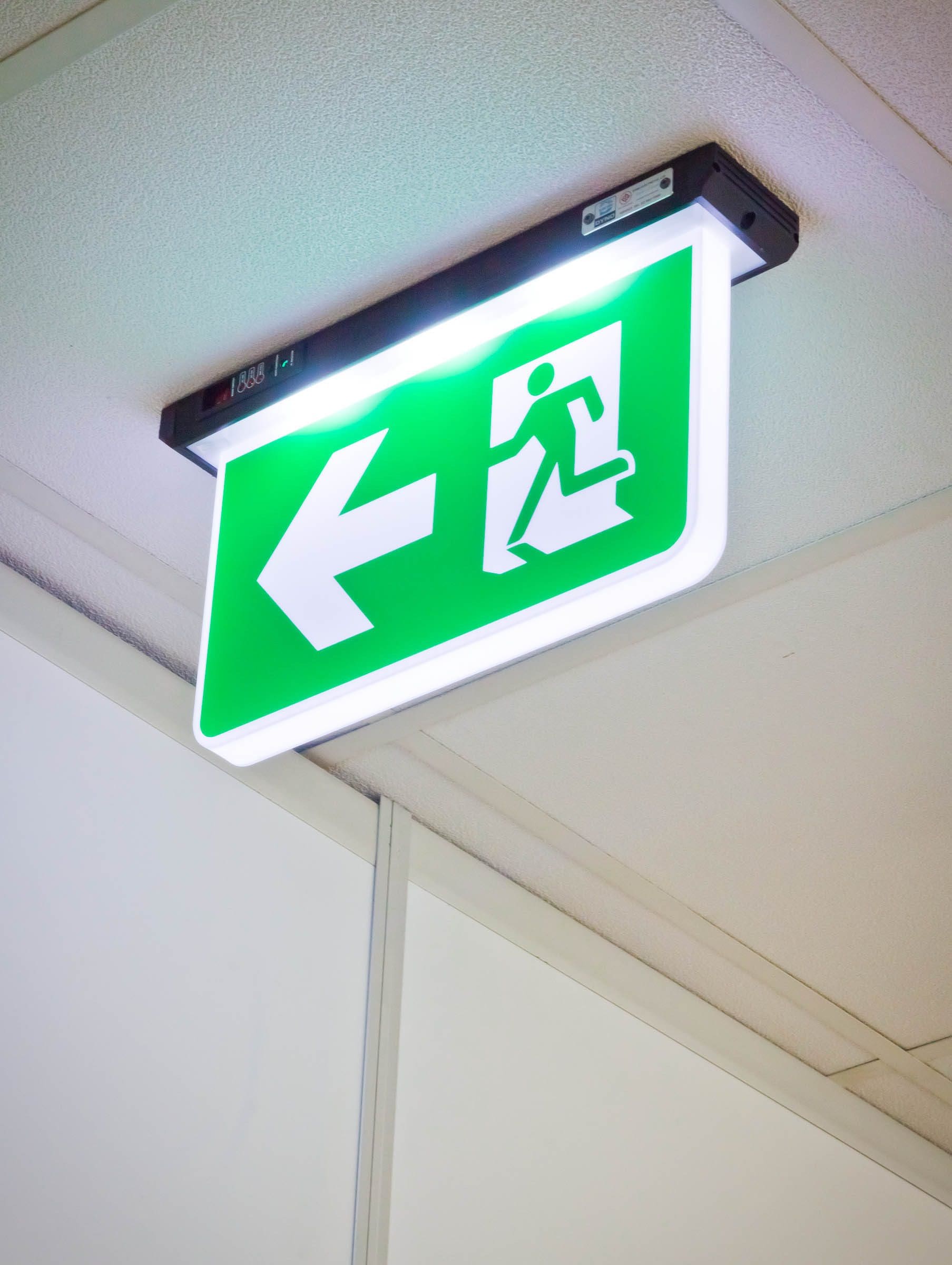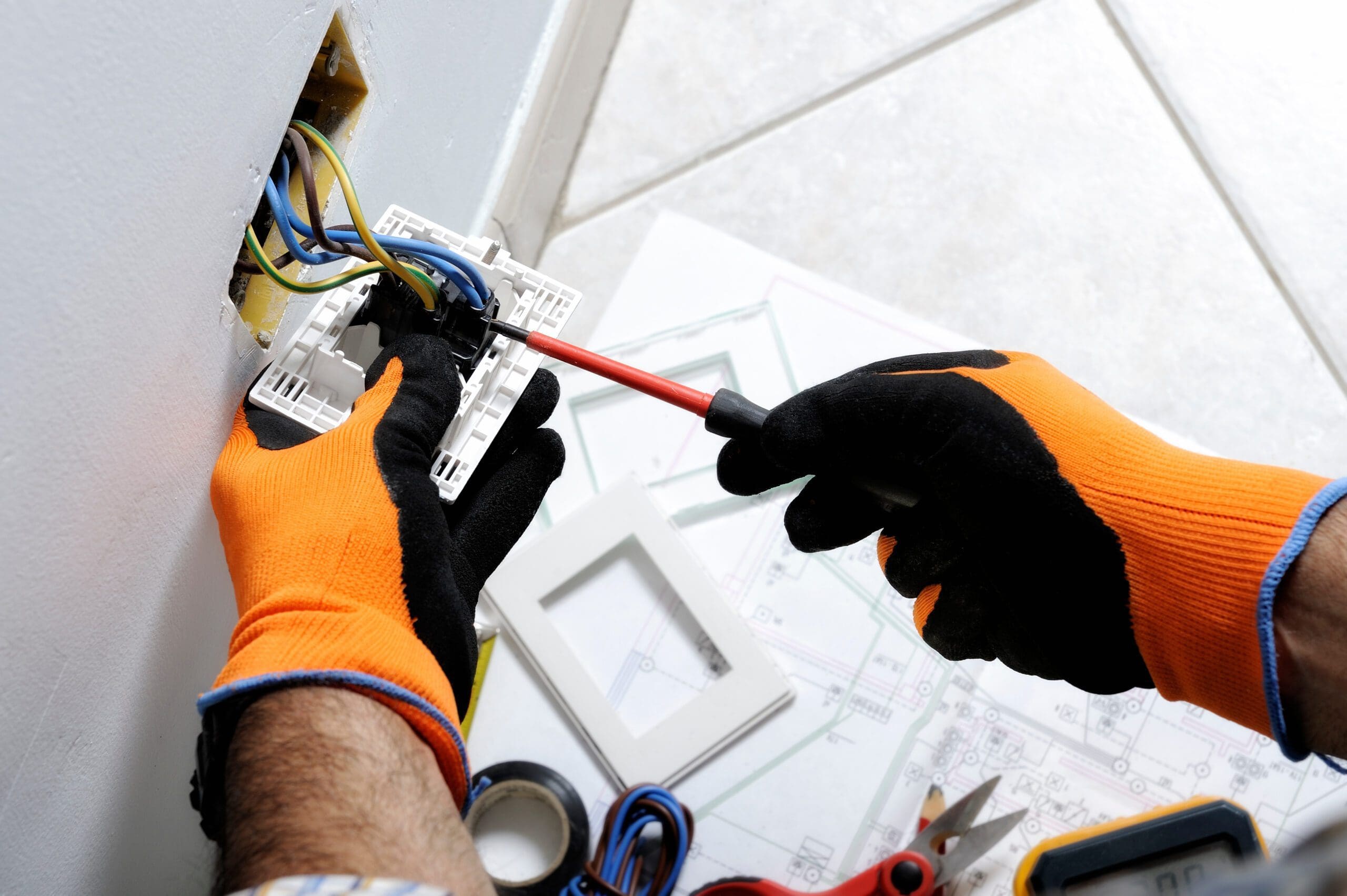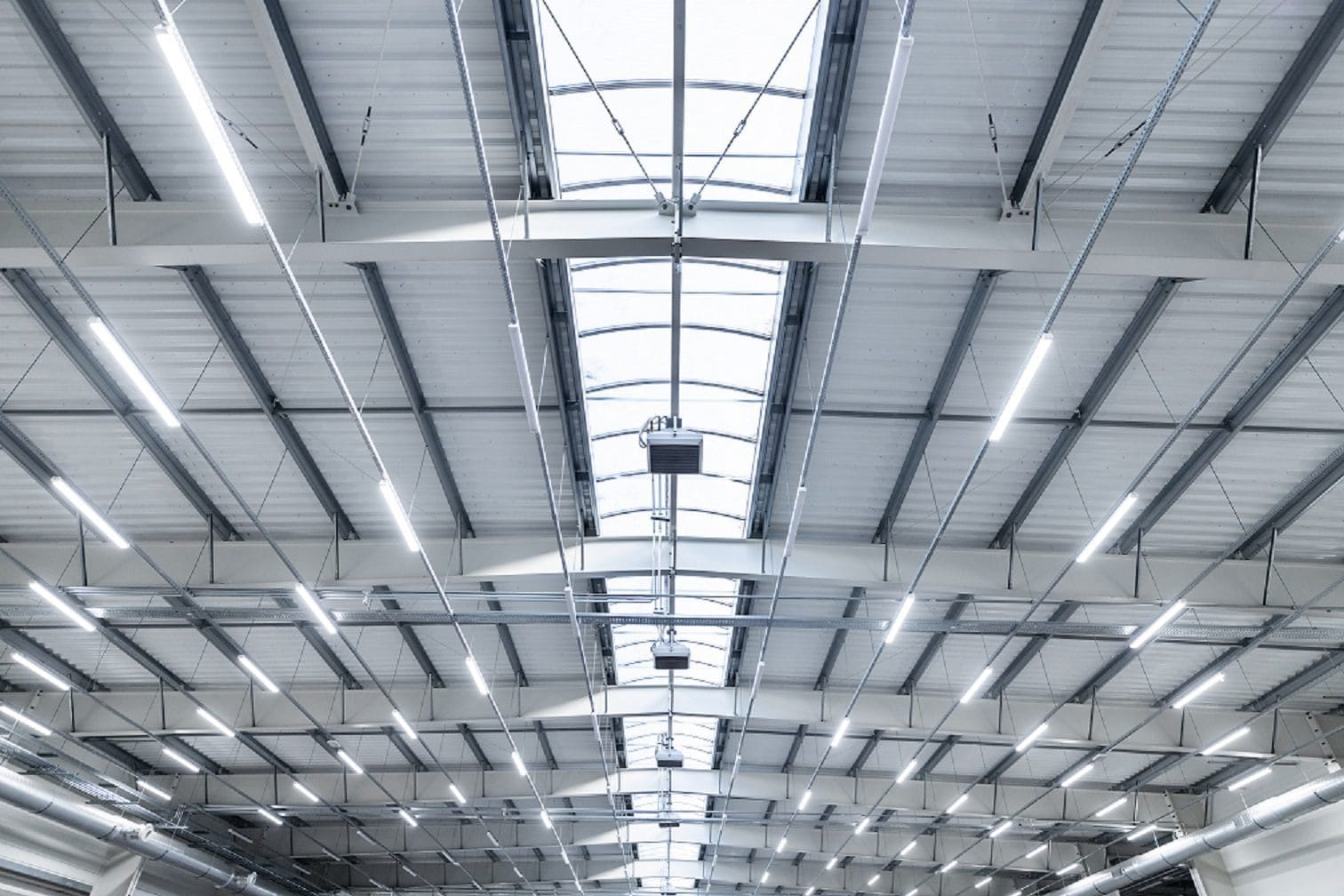Emergency Lighting Services
Emergency Lighting Design
Our Emergency Lighting Design service ensures the most appropriate Emergency Light Fixtures and Signages are installed. We help clients ensure the safety and compliance of Emergency Lighting Systems in their premises.
Explore how we work
Interested? Let’s talk.
Send us an enquiry
Specialist Emergency Lighting Design service
If your premises lacks adequate safety-critical lighting systems for emergency events, we’ll work with you to ensure fixtures are installed where they need to be and that the necessary light levels can be achieved when needed.
As part of our Emergency Lighting Design service, we’ll carry out a risk assessment to determine what risks exist in various areas of the building, and what measures can be put in place to mitigate them. This assessment will also consider the emergency light layout, ensuring that all critical areas have proper coverage. Only once the consultation and risk assessment have taken place can the process of designing your emergency lighting system begin. This next step will involve deciding on what types of emergency lighting are needed, where they are to be located, and ensuring they meet the required emergency light dimensions for optimal visibility and compliance.
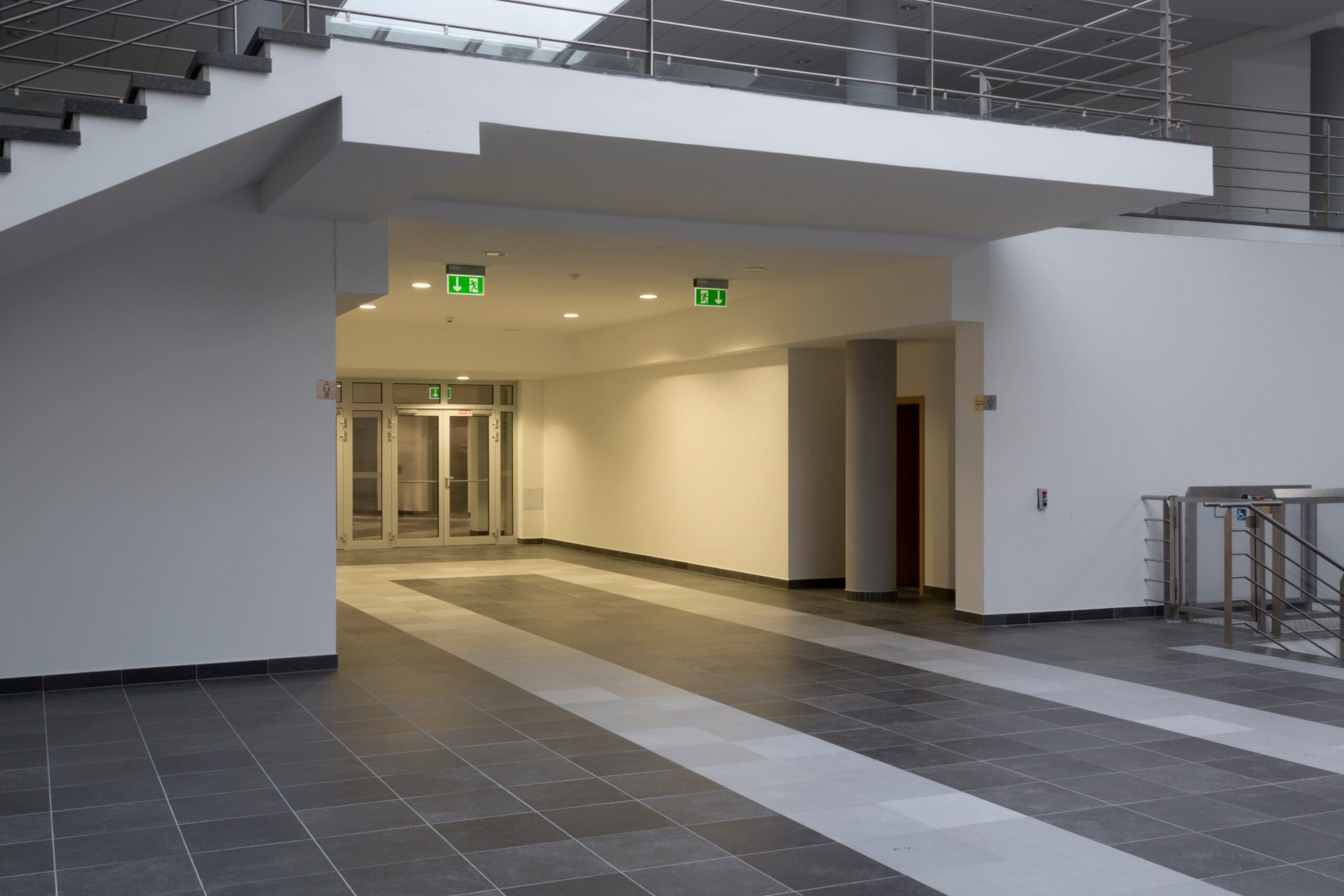
Who we've partnered with...





Key benefits of our design service
Compliance
Emergency lighting is subject to several safety regulations, which vary depending on the country and the type of building you’re in. Using our emergency lighting design service can help you to make sure that your system complies with all relevant regulations.
Reduced risk
Emergency lighting can help reduce the risk of accidents and injuries in your property in the event of a power failure.
Cost savings
Using our emergency lighting design services can help you to save money in the long run. We’ll help you choose the right system for your needs and avoid costly mistakes.
Let's talk about Emergency Lighting Design Services
Send one of the team a message
Not seeing what you expected?
Try using our search
Explore what our clients say


Emergency Lighting Design from BES Group
When it comes to Emergency Lighting Design, our Electrical team offer a comprehensive approach to installation. Engineers from the BES Group undertake the entire design process to ensure compliance, operational efficiency and safety. We prioritise your people and premises to ensure the most appropriate Emergency Lighting System has been installed.
When working with clients, we help decide on what emergency lighting system procedure should entail, including:
Whether the building should be designed for immediate evacuation in the event of an emergency, or if a “stay put” strategy will be more suitable
How the different areas of your building will be intended to use, such as offices, toilets, disabled toilets, corridors, etc.
How many occupants will be in the building at any given time.
The number and location of escape routes.



Emergency Lighting Design: A step-by-step guide
Speak to us about the processLet’s talk. Ask us anything.
Send one of the team a message
Why choose BES Group?

800+ expert engineers
Our team of skilled engineers possesses a wealth of expertise.
A legacy of 160+ years of experience
We’re always evolving our approach to future proof our services.

35,000 satisfied customers
A strong reputation for providing exceptional service.
Frequently asked questions
How to choose the right Emergency Lighting System to suit my requirements?
The type of emergency lighting system that is best for you will depend on the specific requirements of your building. However, no matter what, your emergency lighting systems should meet the requirements of the relevant fire safety regulations. This is why it’s so important to work with a qualified Emergency Light System service provider, like BES Group, who will work with you to design the ideal Emergency Lighting System for your property.
What are the different types of Emergency Lighting Systems?
There are two main types of emergency lighting systems:
- Self-contained emergency lighting systems
- Centrally supplied emergency lighting systems
Self-contained emergency lighting systems are the most common type of emergency lighting system, consisting of a battery-powered light fixture that is mounted on the ceiling or wall. These are typically used in areas with limited space, such as corridors and stairwells.
Centrally supplied emergency lighting systems are more complex than self-contained emergency lighting systems. They consist of a central battery bank that is connected to a network of light fixtures. When the power fails, the central battery bank automatically powers on the light fixtures. Centrally supplied emergency lighting systems are typically used in larger areas, such as office buildings and shopping malls.
As well as these two main types of emergency lighting systems, there are also several other types of emergency lighting systems available, including:
- LED emergency lighting systems
- Wireless emergency lighting systems
- Dali emergency lighting systems
LED emergency lighting systems use LED light bulbs, which are more energy-efficient than traditional incandescent light bulbs.
Wireless emergency lighting systems use radio signals to communicate with the central battery bank, which eliminates the need for wires.
Dali emergency lighting systems use a DALI (Digital Addressable Lighting Interface) protocol to control the light fixtures, which allows for more precise control of the lighting levels.
What is the difference between a functional test and a duration test?
A functional test is used to check that the emergency light turns on when the power fails. This is usually done by disconnecting the power to the emergency light and then checking to see if it comes on.
A duration test is used to make sure that the emergency light will provide adequate illumination for the specified duration, most often 3 hours. This is carried out by disconnecting the power to the emergency light and then timing how long it takes for the light to dim to a specified level.
What are the British standards for Emergency Lighting?
- BS 5266-1:2016 – Code of practice for the emergency lighting of premises. This standard provides guidance on the design, installation, testing, and maintenance of emergency lighting systems.
- BS EN 50172:2004 – Emergency escape lighting systems. This standard specifies the requirements for emergency escape lighting systems.
- BS EN 1838:1999 – Lighting applications. Emergency lighting. This standard specifies the requirements for emergency lighting luminaires.
How often should emergency lights be tested?
How frequently you need to have your emergency light system tested depends on the type of emergency light you’re using and the location you’re in. However, as a general rule, most experts recommend testing emergency lights at least once a month and a full duration test at least every year.
What do our Emergency Lighting Risk Assessments involve?
- Building Survey: Our certified specialists assess your building’s size, layout, occupancy, and activities to identify fire risks and emergency lighting requirements.
- Regulation Check: We verify compliance with BS 5266-1 and other relevant regulations, ensuring legal protection and optimal safety.
- Consultation: We discuss your needs and preferences, tailoring the design to your budget, aesthetics, and operational flow.
What is the escape route mapping and placement process
- Exit Identification: We pinpoint all exits and internal escape routes, ensuring a clear and efficient evacuation path.
- BS 5266-1 Recommendations: We follow best practices, placing fixtures near exit doors, stairs, corridors, changes in direction, and other critical points.
- Additional Needs: Based on your consultation, we discuss and suggest additional locations for optimal safety and comfort during an emergency.
How to carry out Illuminance calculations
- Light Level Assessments: We calculate the required illuminance based on escape route size and expected user numbers, ensuring effective visibility.
- System Recommendation: We present optimal emergency lighting system options considering power source, duration requirements, and your budget.
- Choice of Technology: We offer a range of options, including LED, fluorescent, and self-contained emergency lighting units, tailored to your specific needs.
What does the Installation and commissioning include?
- Specialist Engineers: Our experienced electrical engineers meticulously install fixtures, wiring, and batteries, adhering to all safety regulations.
- Minimal Disruption: We plan and execute installations with minimal disruption to your daily operations, keeping your business running smoothly.
- Final Testing and Certification: We thoroughly test the system for functionality and ensure compliance with all safety standards.
Is maintenance of Emergency Lighting offered?
We offer various types of ongoing maintenance including:
- Maintenance Contracts: We offer tailored maintenance contracts, ensuring regular testing, cleaning, and battery replacements for continuous system reliability.
- Emergency Testing Services: We schedule and conduct functional and duration tests as required, saving you time and hassle.
- Compliance Checks: We keep you informed of updated regulations and perform periodic compliance checks to guarantee your system remains legally compliant.
Sectors we service
Dive into the diverse landscapes where BES Group sparks innovation and drives impact.

Explore sector
Aerospace and Defence

Explore sector
Agriculture
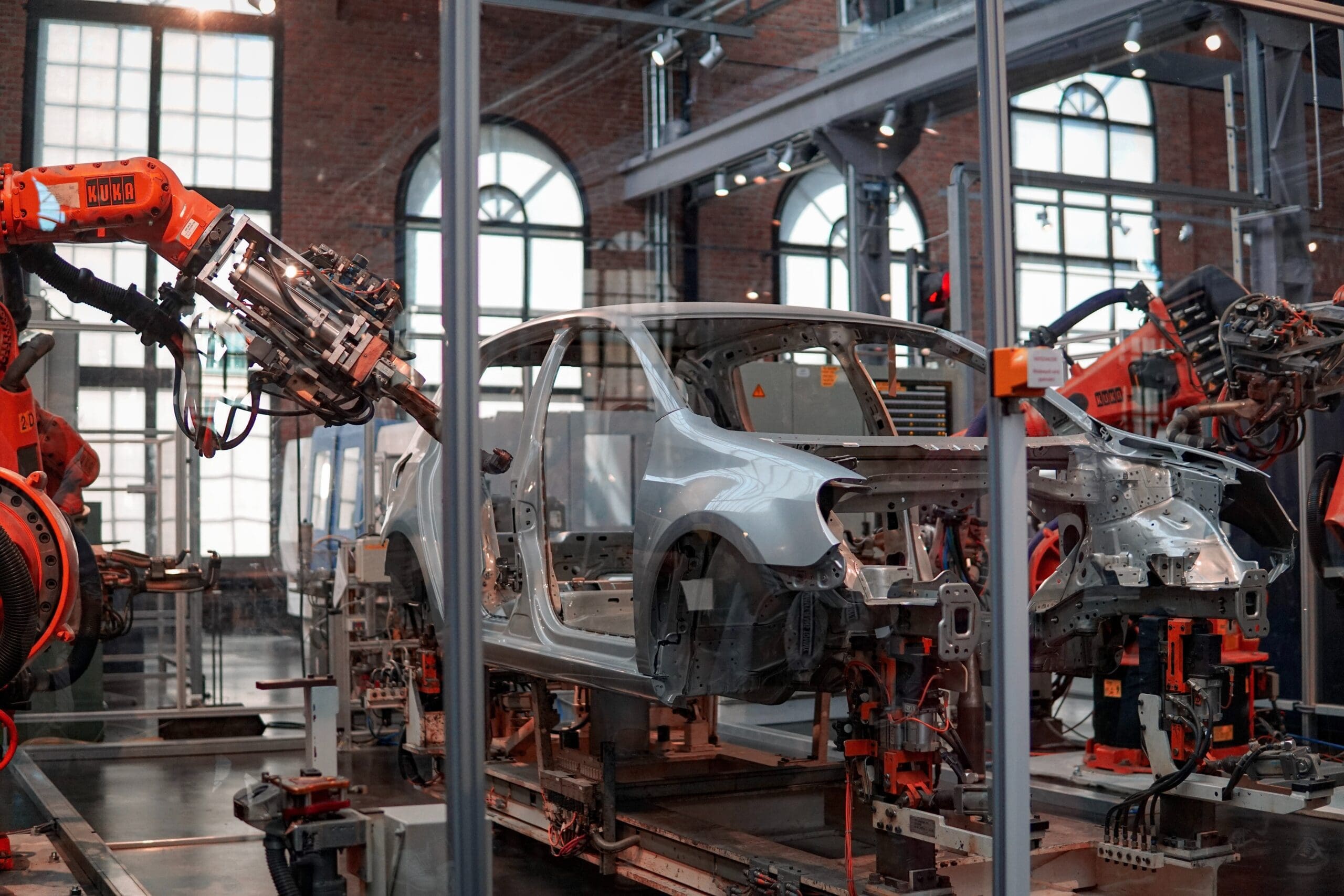
Explore sector
Automotive
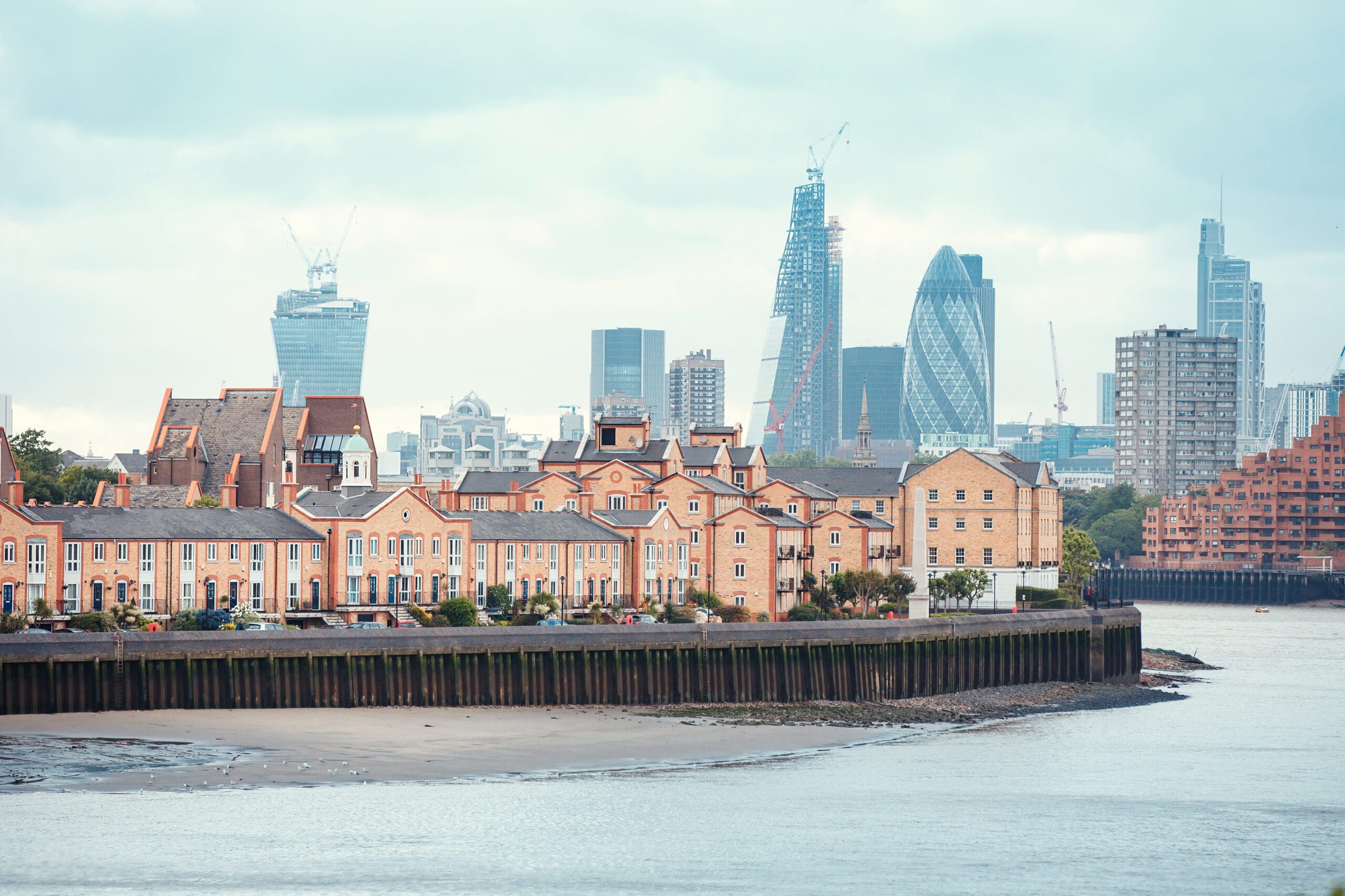
Explore sector
Building, Properties and Real Estate

Explore sector
Consumer Products

Explore sector
Finance

Explore sector
Highways

Explore sector
Hospitality and Leisure

Explore sector
Manufacturing
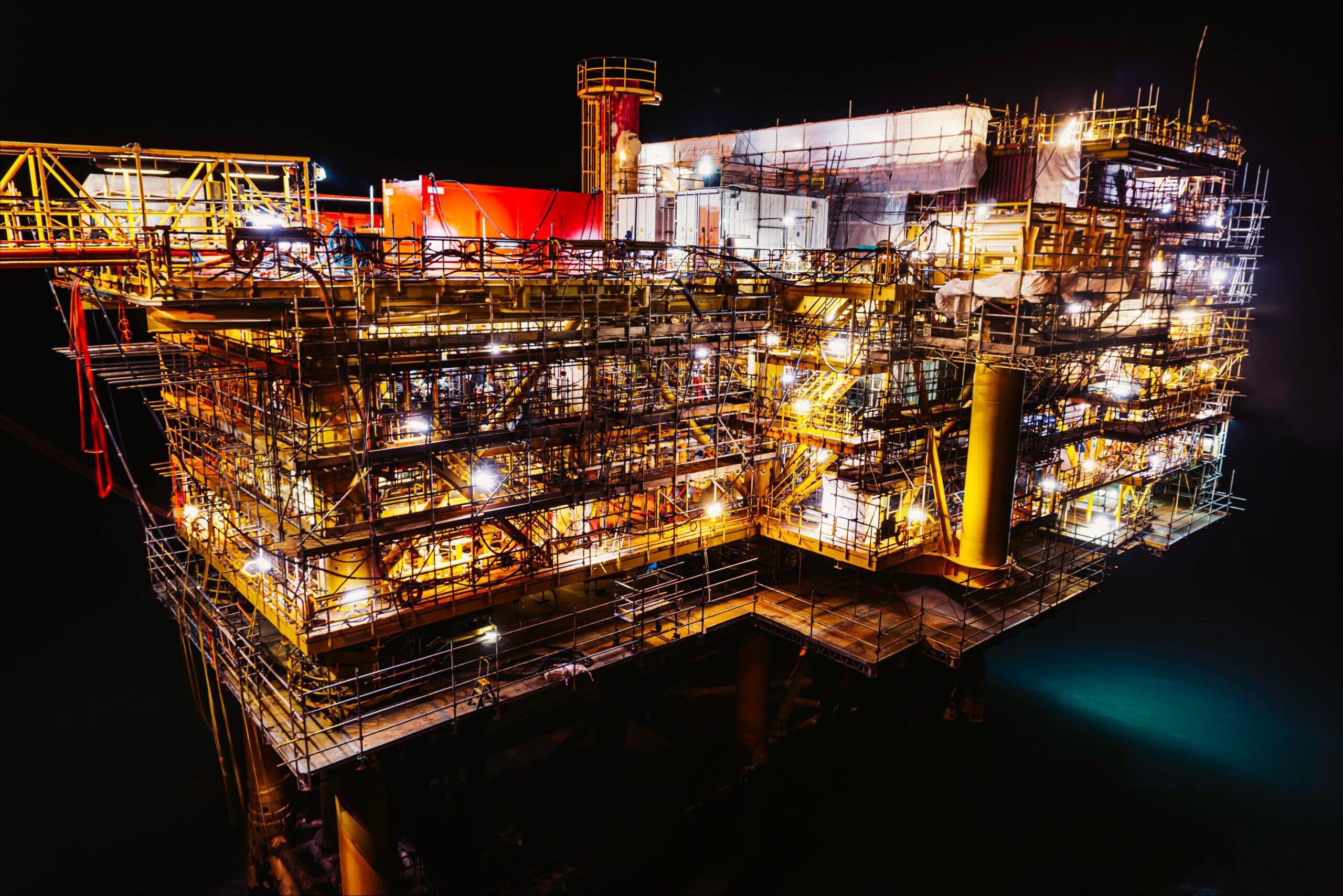
Explore sector
Marine and Offshore
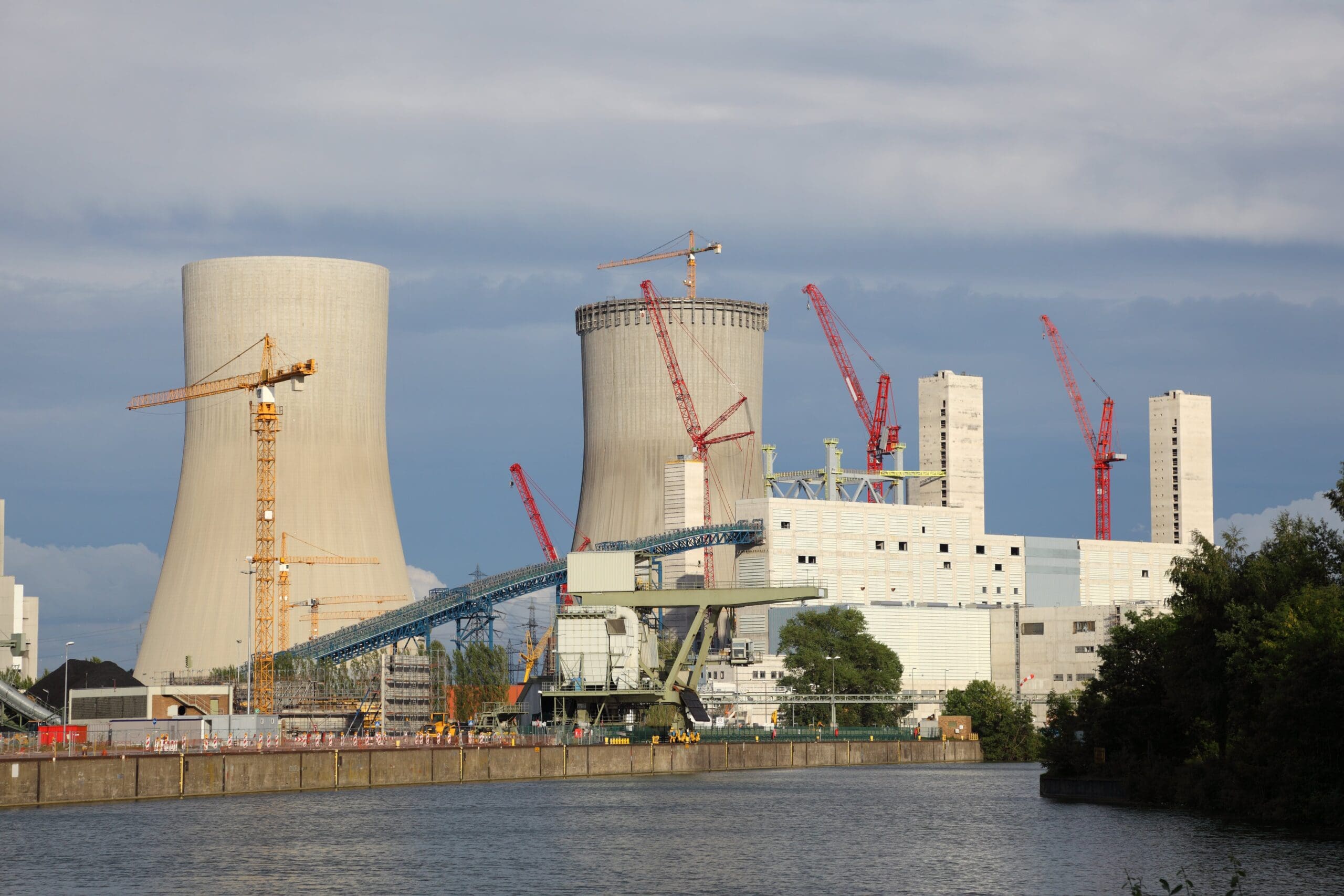
Explore sector
Power and Utilities
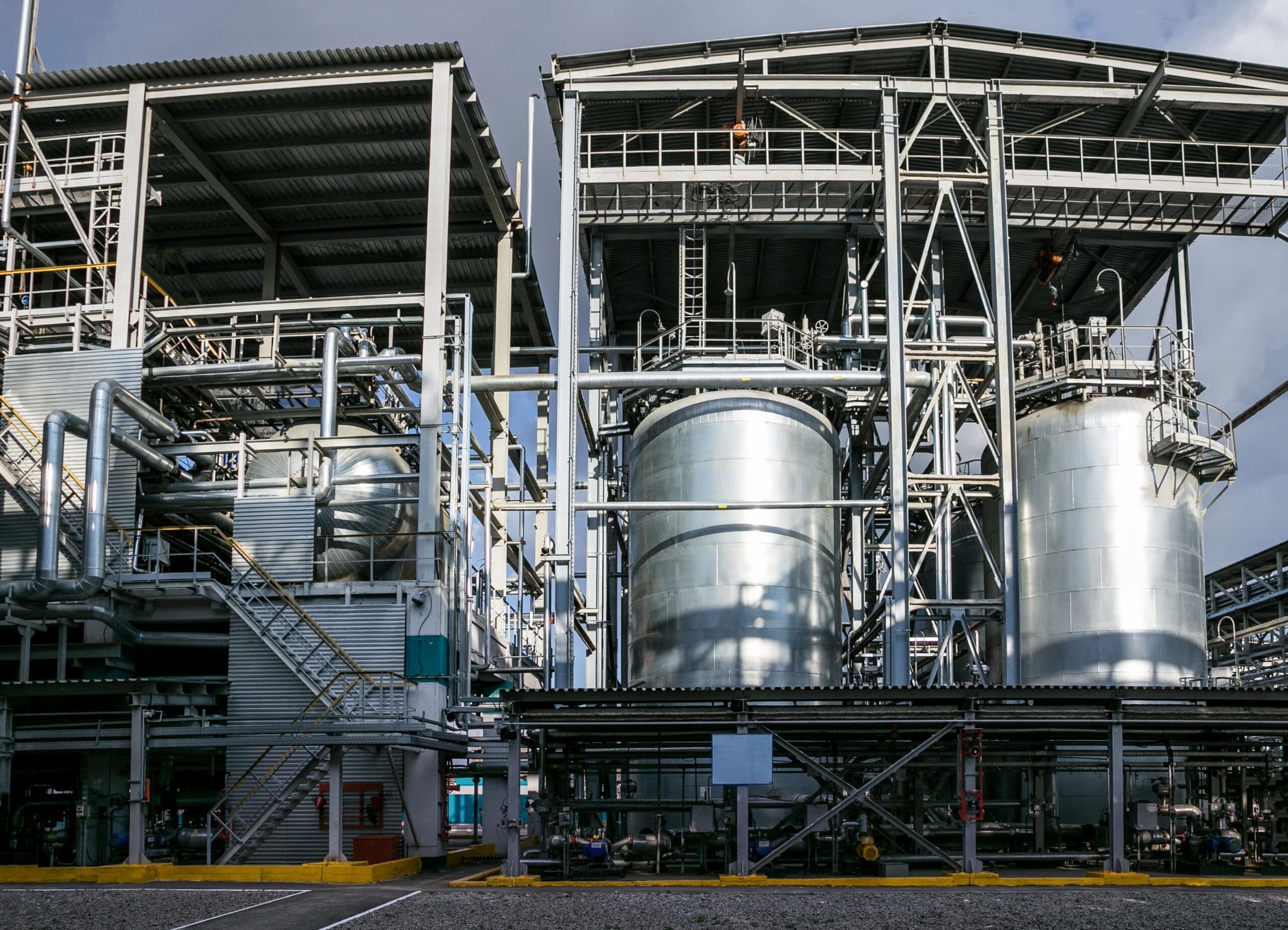
Explore sector
Petrochemicals, Oil and Gas

Explore sector
Rail
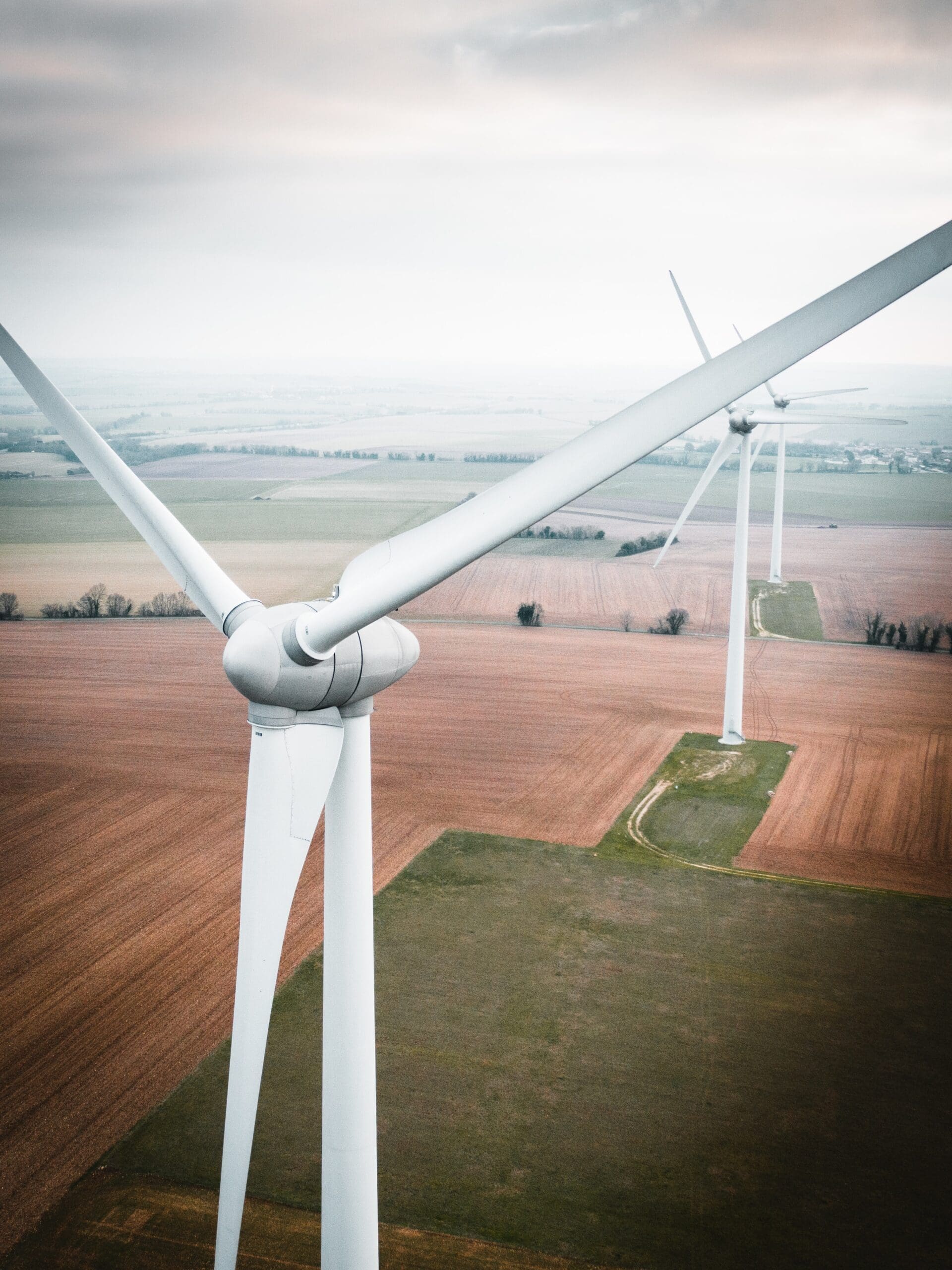
Explore sector
Renewables
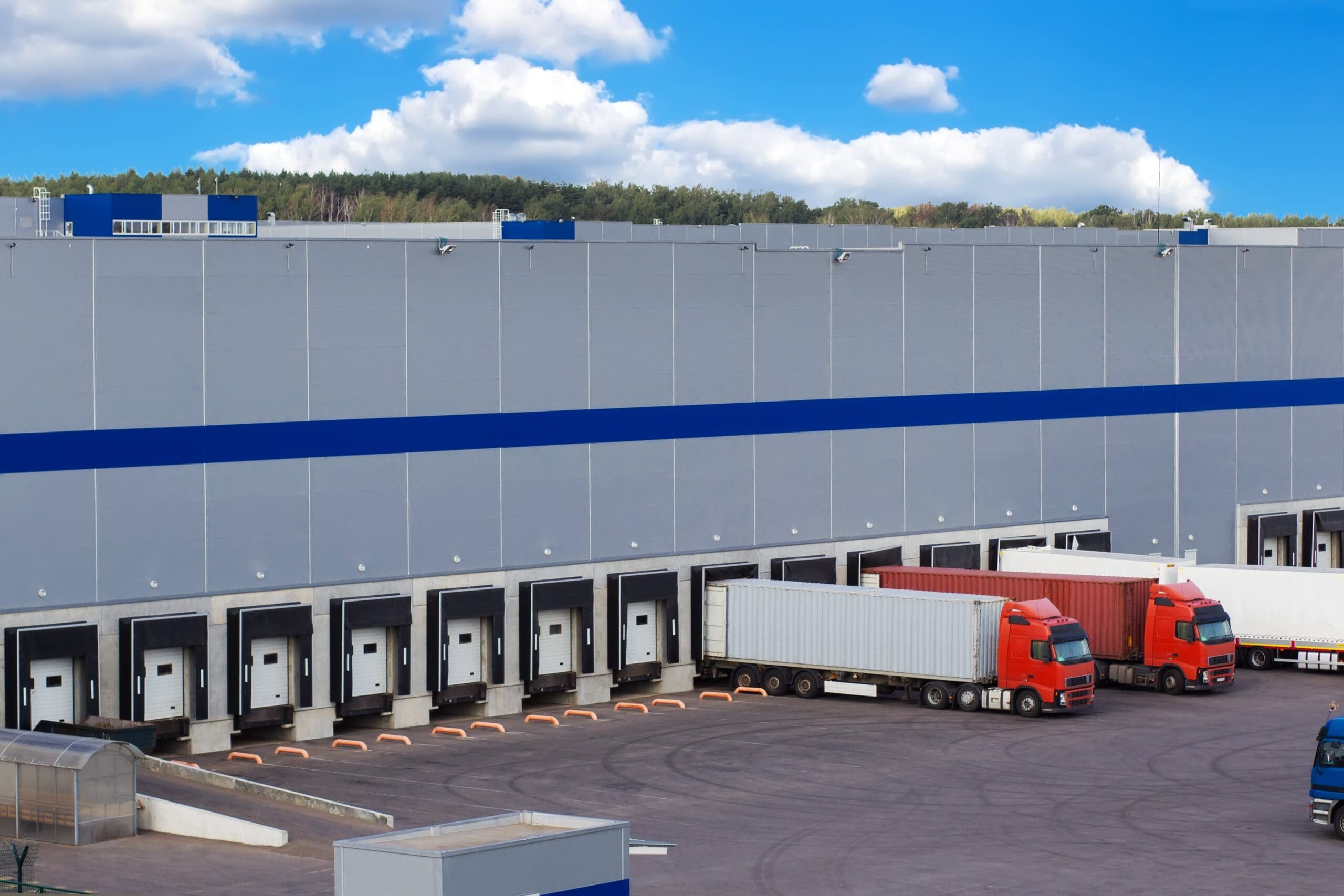
Explore sector
Transport, Logistics and Distribution Centres

Explore sector
Healthcare

Explore sector
Insurance
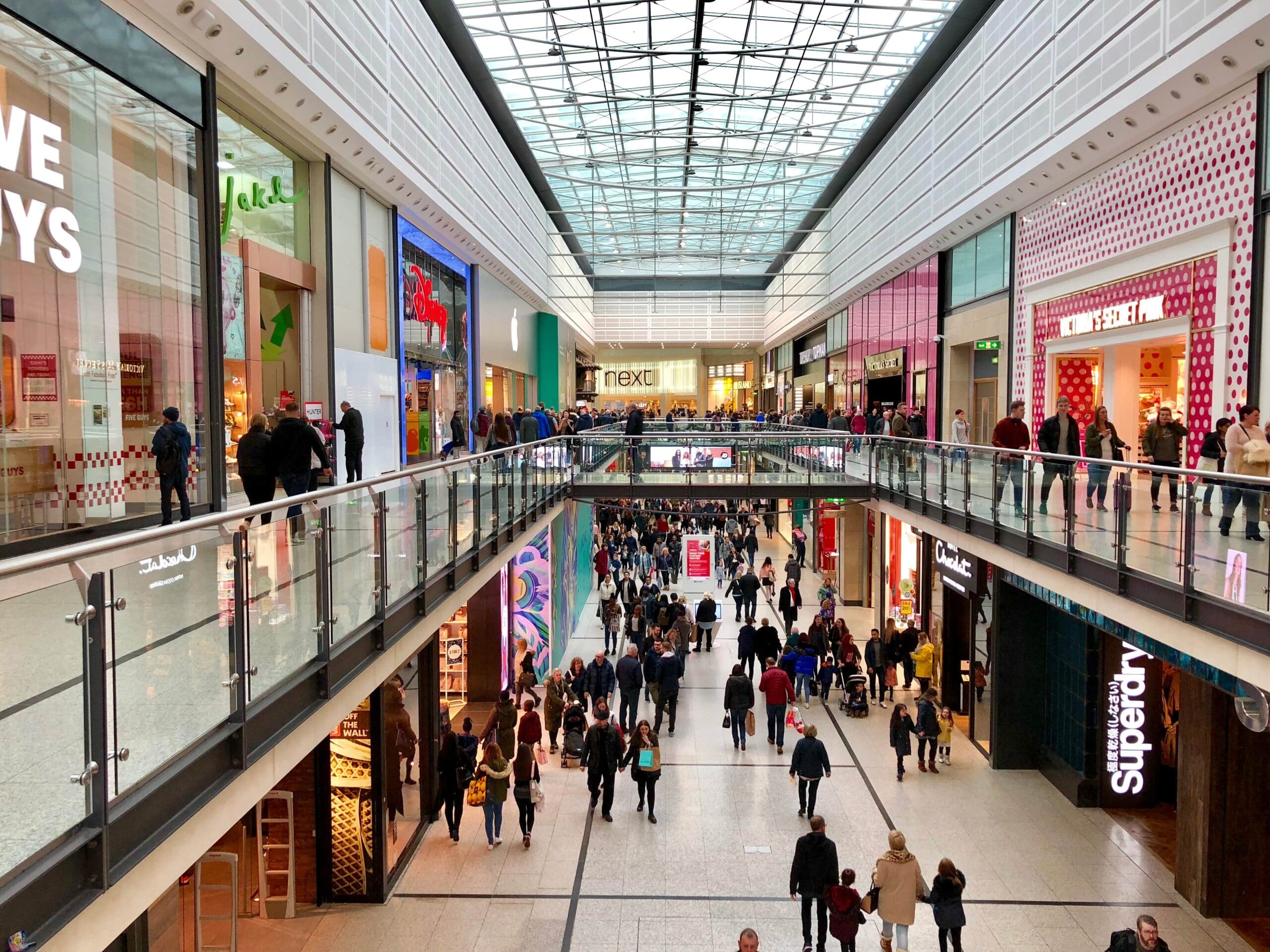
Explore sector
Retail


Let’s talk. Ask us anything.
Send one of the team a message
Insights & news
Browse our latest articles
Other similar services...
Looking for something else? Explore similar services...
Let’s get you to the right person, fast.
Thank you, enquiry submitted!
Please check your inbox. We have sent you an email receipt of your enquiry.
We treat every enquiry with the upmost urgency. We’ll aim to get in touch with the relevant BES Group specialist and get back to you as soon as possible*.
Thank you again and have a great day.
 About BES Group
About BES Group Accreditations & Credentials
Accreditations & Credentials Our Environmental, Social & Governance
Our Environmental, Social & Governance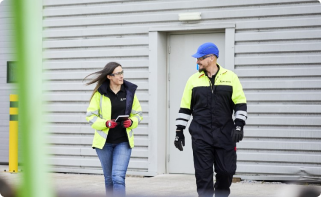 Careers at BES Group
Careers at BES Group Our Senior Leadership Team
Our Senior Leadership Team



